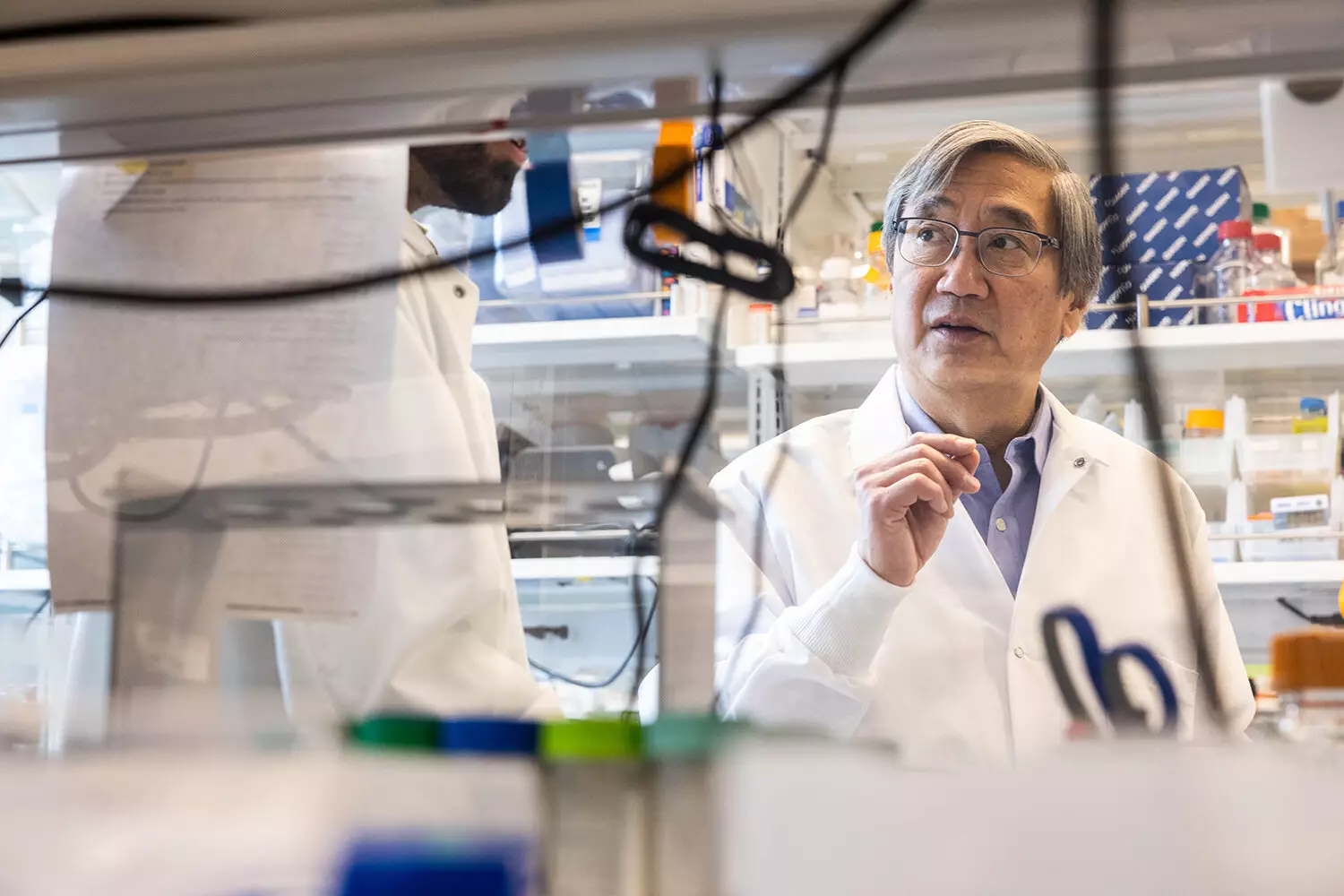Proteins are essential molecules that perform a wide range of functions in the human body, from muscle contraction to immune response. In the field of drug development, scientists often rely on iterative mutation of amino acids to engineer better proteins, such as antibodies, with improved functions. However, the vast number of possible amino acid sequences makes finding the best protein for a particular task a daunting and costly challenge.
Recently, a team of Stanford scientists led by Peter S. Kim and Brian Hie have developed a groundbreaking machine learning-based method to more efficiently and accurately predict molecular changes that will lead to better antibody drugs. Their approach, published in Science on July 4, combines the 3D structure of the protein backbone with large language models based on amino acid sequences, allowing researchers to quickly identify rare and desirable mutations that would otherwise require exhaustive experiments.
In their study, the team demonstrated the effectiveness of their method by improving a previously discontinued SARS-CoV-2 antibody that had proven ineffective against a new strain. By incorporating structural constraints to preserve the 3D shape of the protein, the researchers achieved a 25-fold improvement in the antibody’s efficacy against the virus. This structure-guided approach proved to be more effective than purely sequence-based models, highlighting the importance of considering protein structure in drug development.
Traditional approaches to protein engineering often rely on generating large amounts of data to train specific models for individual proteins, a time-consuming and resource-intensive process. In contrast, the new AI-based method developed by the Stanford team leverages structural information to predict desirable mutations without the need for extensive data or supervision. This approach not only accelerates the drug development process but also broadens its applicability to a variety of proteins beyond antibodies, such as enzymes.
One of the key advantages of the new AI-driven approach is its potential to democratize the process of building better proteins. By making their model and code freely available to the public, the researchers aim to empower scientists and researchers around the world to leverage AI in protein engineering and drug development. This democratization of technology has the potential to revolutionize the pharmaceutical industry, making it easier and more cost-effective to develop effective medicines for a wide range of diseases.
The integration of AI and protein engineering represents a significant step forward in drug development, offering a faster, more accurate, and more cost-effective approach to optimizing protein function. By combining the predictive power of machine learning with the structural insights of protein engineering, researchers have the potential to revolutionize the way we develop and optimize drugs, leading to more effective treatments for a variety of diseases.


Leave a Reply